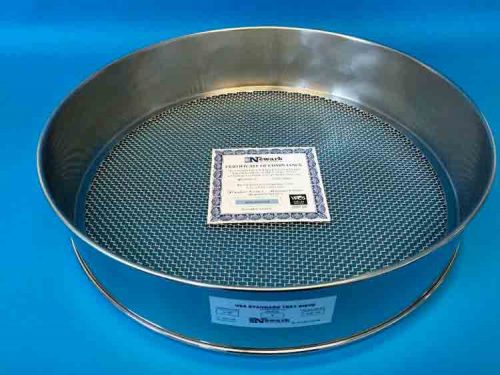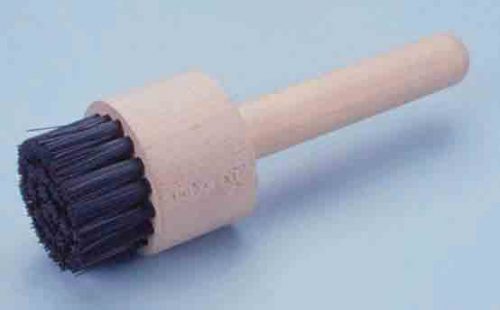Newark Wire News
Newark Wire News
How to Clean Test Sieves

Test sieves are valuable pieces of equipment used in all sorts of industries, including manufacturing, agricultural, and mining. Sieves sift particles from various solutions and materials. This sifting process provides valuable information about the tested material, including its particle density and whether it contains any contaminants, byproducts, or defects.
Keeping your test sieves clean is essential for reducing the risk of sampling errors and protecting the quality of your products. Cleaning your test sieves regularly also prevents them from becoming clogged, dented, or otherwise damaged—which can be costly to fix.
Do you know how to clean test sieves? Good news—it doesn’t have to be complicated.
Best Practice Techniques for Cleaning Test Sieves
The following tips and techniques are the best ways to keep your test sieves clean and in spec:
1. Inspect the test sieves visually—and often.
Be familiar with your test sieves and learn how to visually assess for signs of damage. This includes loose, wavy, or torn mesh, dents, scratches, and cracks.

Create a schedule for formal visual inspections, too. This helps you to catch small problems before they turn into bigger issues. Encourage all team members to voice concerns.
2. Know how to clean test sieves with tools such as a sieve cleaning machine or sieve cleaning brush.
If you use test sieves in your business, you should have devices such as a sieve cleaning machine or sieve cleaning brush on hand. Make sure relevant personnel know how to clean test sieves properly using these devices.

Common mistakes when cleaning sieves include using an oven, dishwasher, air pressure, or acidic cleaning solutions. If you notice any damage, don’t try to fix it yourself—let the pros take care of it!
3. Make sure test sieves are used and stored correctly.
Test sieves can function well for many years, provided that they are well taken care of. So, in addition to routinely inspecting and cleaning your equipment, make sure the equipment is used properly, too.
Ensure that all your team members who use test sieves are well-trained. Beware of common test sieve mistakes, which includes putting too much material into the sieve at once and using too much pressure to push particles through.
Always store test sieves in a dry, cool, and ideally climate-controlled environment.
4. Keep up with your test sieves recertifications.
Test sieves must keep up with specific industry standards in order to make sure they can perform as desired and designed. You can periodically take your sieve equipment through formal certifications to verify that they are in spec.
How frequently you get your test sieves recertified depends on several factors, including the type of sieve and how often it’s used. Common frequencies include every 24 to 36 months, or every 60 to 80 uses.
In Summary
- Test sieve technology is used all over the world and across all industries. Keeping sieves clean is essential for ensuring they remain in spec and working properly.
- Establishing standardized sieve cleaning protocols is a small upfront investment that can save you an enormous amount of resources over time.
- Basic tips that will help you keep your test sieves clean and in good working order include routine visual inspections, routine cleaning, proper use and staff training, and proper storage.
- Consider getting your test sieves recertified on a periodic basis to verify their quality.
Are Your Test Sieves Up to Par?
At the Newark Wire Cloth, our knowledgeable team finds inspiration daily in our hardworking customers who are looking for innovative solutions to their needs. Contact us today with your questions and learn how we can help you become a leader in your industry.
